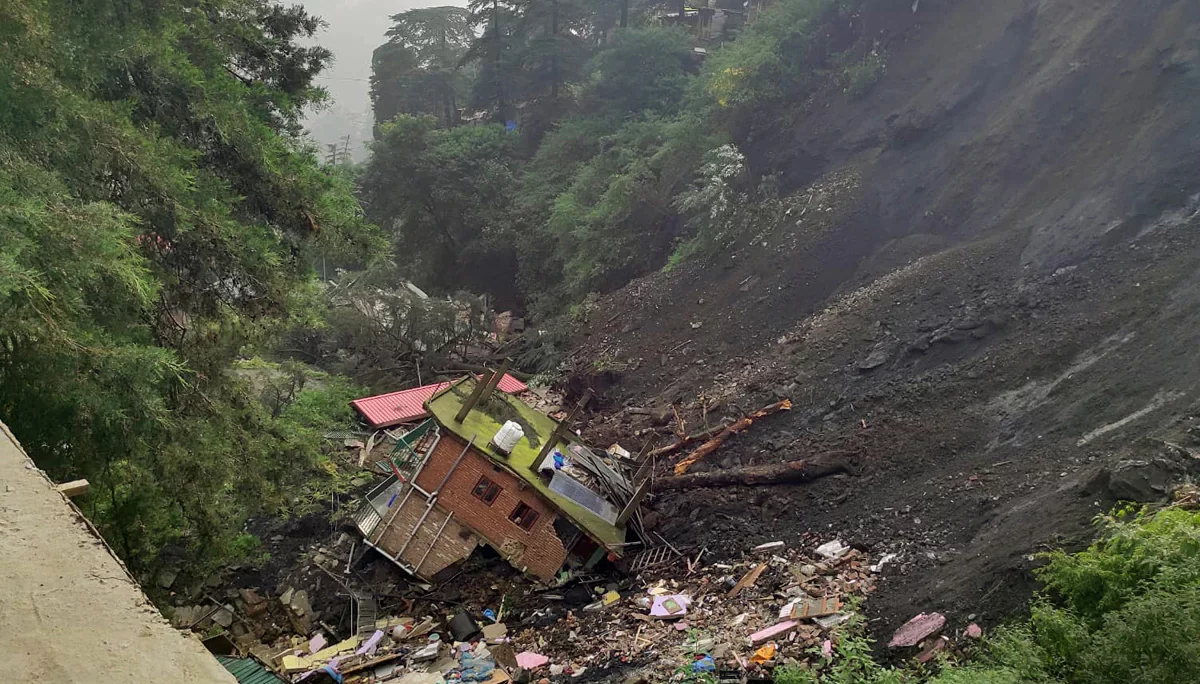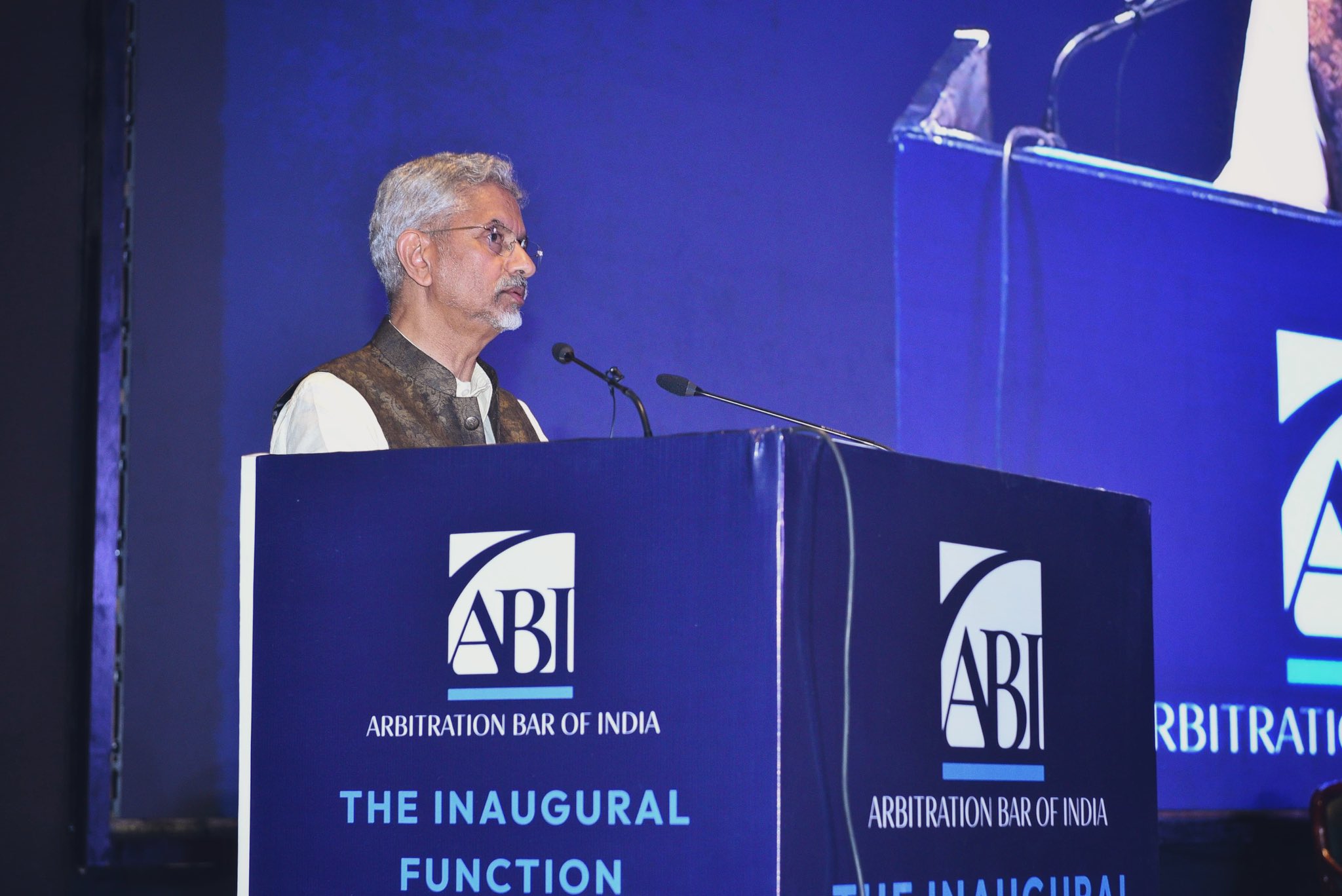The Central government has proposed forming a 13-member technical committee headed by the Director of the GB Pant National Institute of Himalayan Environment to evaluate the carrying capacity of 13 Himalayan States. The Centre said experts could be drawn from multiple disciplines, including hydrology, remote sensing, Himalayan geology, forestry, wildlife, architecture disaster management, pollution, and groundwater protection.
The carrying capacity is the maximum population size that an ecosystem can sustain without getting degraded.
The Environment Ministry in Supreme Court filed a short affidavit stressing that it was “imperative that factual aspects of each hill station are specifically identified and collected with the help of local authorities cutting across multiple disciplines”. The Centre noted that it had, in January 2020, circulated among the 13 Himalayan States guidelines for assessing the carrying capacity of their hill stations, including cities and eco-sensitive zones. It had sent a reminder on May 19, 2023, to all 13 States to undertake the study and submit the action plan “as early as possible”.
The affidavit has now urged the court to intervene with the Himalayan States to submit their action-taken reports and action plans in a time-bound manner. It said minute and extensive information was essential to assess the “accurate carrying capacity” of each hill station as per guidelines prepared by the GB Pant National Institute of Himalayan Environment.
The government said the States could constitute committees headed by their respective Chief Secretaries to collect information on the load-carrying capacity of their hill stations, cities, and eco-sensitive zones.
In August, a Bench headed by Chief Justice DY Chandrachud had suggested an expert committee to conduct a “complete and comprehensive” study on the carrying capacity of the Himalayan region in the country, where unplanned development had caused devastation in recent times, terming it a “very important issue”.














